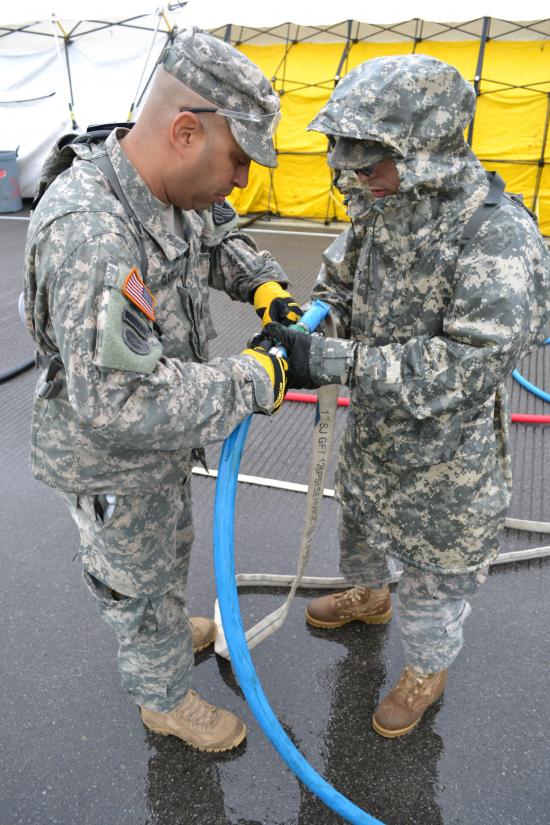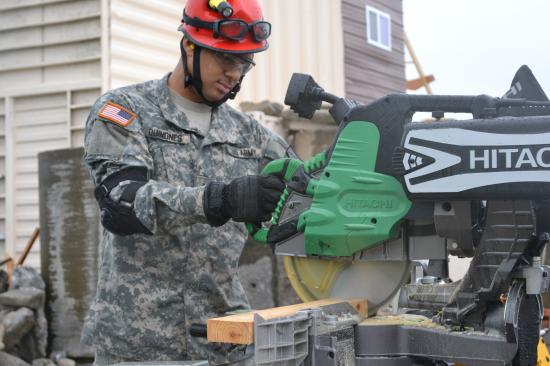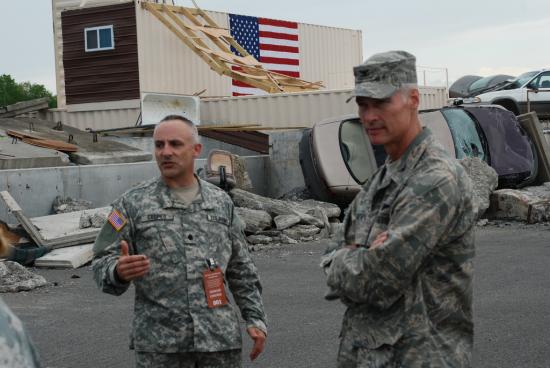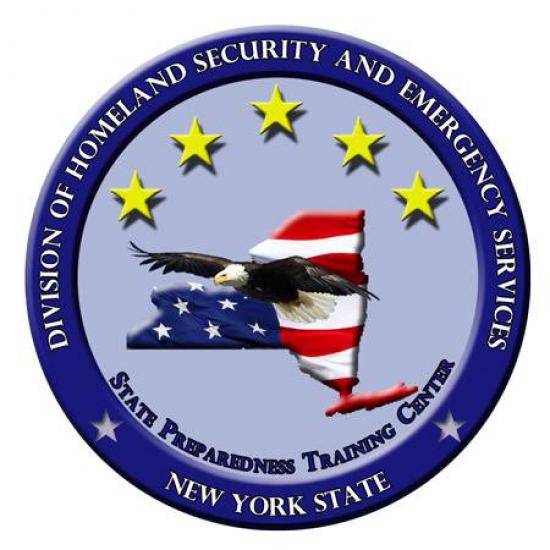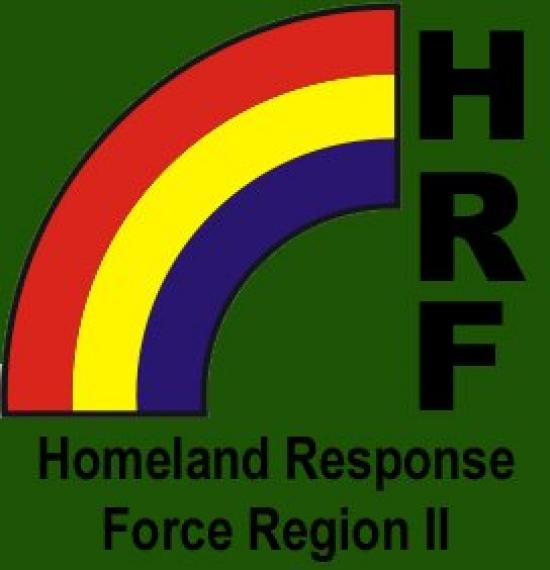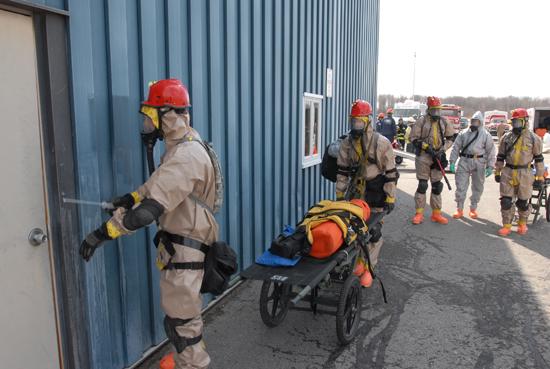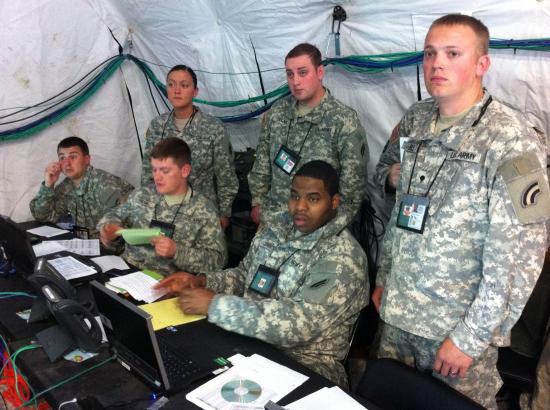Homeland Response Force validation training lifts off
By Spec. J. P. . Lawrence, 42nd Infantry Division Public Affairs
The Soldiers of the 1156th Engineers Company were given one simple task: move a concrete cube from Point A to Point B.
The only problem was that the concrete cube weighed two tons, and they had to move it 75 feet around obstacles while using only rollers, wood beams and pry bars.
Maybe it’s not so simple.
The Soldiers are part of 1,000 National Guard Soldiers, Airmen and New York Guard volunteers at the New York State Preparedness Center as part of Homeland Response Force validation training May 15.
The FEMA II Homeland Response Force includes members of the New Jersey, Puerto Rico and U.S. Virgin Islands National Guards. The organization supports civil authorities in response to CBRN or Hazardous Material incidents that requiring the evacuation, decontamination and medical triage of casualties.
Working together to move this block trains Soldiers rescue civilians from collapsed buildings. The HRF is a robust, specialized, rapid-response task force made up of National Guard Soldiers and Airmen to reinforce first responders in times of disaster. Moving the cube is an exercise meant to build communications skills within the Soldiers in the event they are called to save lives in the real world.
“Pretend it’s your mother under that block,” Sgt. Ivan O. Martinez, team leader of the Search and Extraction Team, says. “We gotta rescue her.”
The Soldiers dig their pry bars into the ground.
“On my command,” Martinez, a Yonkers, N.Y. resident, says, and his team inhales. “Go, go, go.”
The cube rises into the air. Soldiers place black metal cylinders in front of it and push. The cube moves down a hasty path Soldiers made out of wood beams. The cube – all two tons of it – glides on the rollers in spurts.
Watching this whole affair is Sgt. 1st Class Lee Given, a trainer with the Joint Interagency Training and Education Center.
Given recently trained another HRF team in Oregon. Components of the HRF have trained for similar missions in recent years, and aiding civil authorities, as the HRF does, is part of the National Guard's traditional role.
The team Givens watches is composed of both Soldiers and Airmen. Master Sgt. Hector Caro, a Hartford, Conn., resident and member of the 105th Medical Group, is responsible for triage with this Search and Extraction Team. “It’s good for us to get together and see how each other works,” says Caro, who would evaluate the wounded in a real-life disaster.
The team moves the two-ton cube through a narrow concrete tunnel, and Pfc. Neseer Carter, a resident of Glen Cove N.Y., breathes a sigh of relief as the cube completes the 75-foot course.
But the exercise is not over. Given smiles and makes a bet. He places a wooden beam vertically on top of the cube. Lower the cube, currently on wooden support beams, to the ground, he says, and if this beam doesn’t fall, he’ll do pushups.
The team takes the bet.
“Everybody’s got to lift together,” Sgt. John Grace, a Long Beach, N.Y. resident and member of the 1156th Engineer Co. “All we’re doing is taking the weight off the rollers. We’re going to lift this thing down soft and gentle.”
The 1156th does these exercises a few times a year, Grace says. Once, they moved 9000 pounds. But at very last second, just as the cube comes to rest upon the ground, the wooden beam perched on top of the cube wobbles and falls to the ground.
The team groans. They lost bet. Now they have to do pushups.
Givens laughs and joins in. The cube exercise is mostly for team building and helping Soldiers think outside the box, the instructor says, but the lessons from this will help the team gain the knowledge, skills and abilities necessary to prevent, prepare for, respond to and recover from natural disasters or terrorist-related incidents.
“That’s our goal,” Givens says, “to be able to go into an operation and execute the mission.”
The team rises from their pushups. The training has just begun.
“You got to keep your troops motivated,” Martinez says. “You never know when you have to use the skills here in the real world.”





